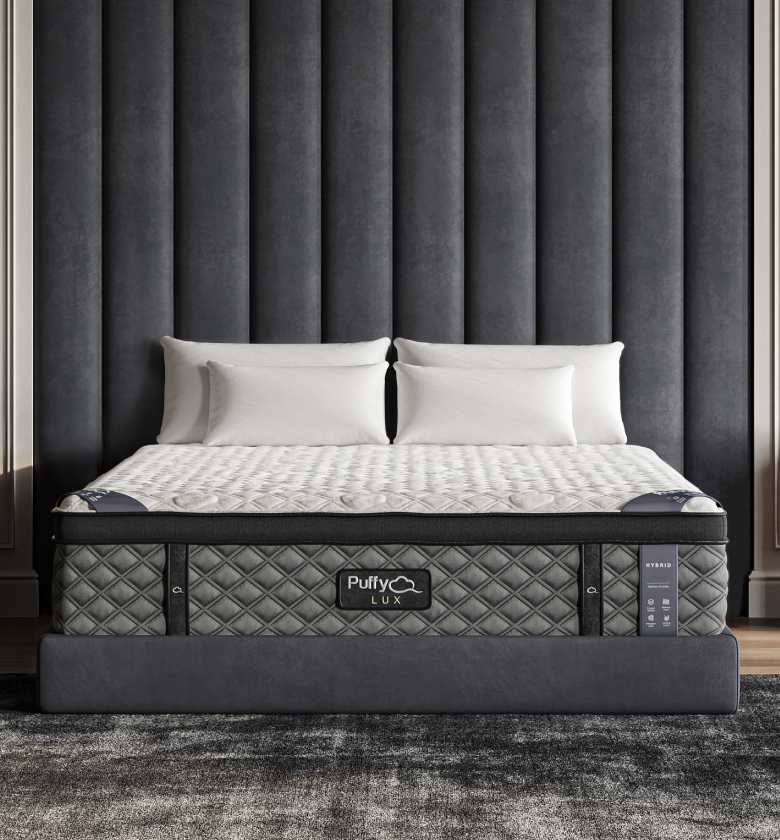Key Takeaways
- Port pillows provide cushioning and protection for medical ports from seat belts and pressure.
- DIY port pillows are easy to make with simple materials like fabric, padding, and Velcro.
- Using a port pillow can enhance comfort for those undergoing chemotherapy or other treatments.
- Proper care and maintenance extend the life and hygiene of a port pillow.
A port pillow is a small, cushioned pad designed to protect medical ports from irritation caused by seat belts, straps, or external pressure.
Whether you’re going through chemotherapy, have a pacemaker, or need extra protection for a medical device, a port pillow can make daily life significantly more comfortable.
If you’re wondering how to make a port pillow, this guide will walk you through the steps to create one easily at home.
What Is a Port Pillow?
A port pillow is a compact cushion that easily attaches to a seat belt or other straps, creating a protective barrier between a medical port and external pressure.
This prevents discomfort and irritation, allowing individuals to move, sit, or drive with ease and reduced pain.
Why Use a Port Pillow?
-
Minimizes seat belt pressure on sensitive areas, reducing strain.
-
Prevents irritation and chafing from constant movement and friction.
-
Enhances comfort and support with added cushioning.
-
Provides an affordable, customizable alternative to commercial options, making it easy to tailor to personal preferences and needs.
For those who need additional body support and comfort, a well-cushioned mattress like a Puffy Lux Mattress can complement a port pillow by providing full-body pressure relief and reducing sleep discomfort.
DIY Port Pillow: Step-by-Step Guide
Making a DIY port pillow is simple and requires just a few materials. Here’s what you need:
Materials Needed:
-
Fabric (cotton or flannel) – Soft and breathable for comfort.
-
Polyester or cotton batting – To provide cushioning.
-
Velcro strips or snaps – For easy attachment to a seat belt.
-
Thread and sewing machine – Or needle if sewing by hand.
-
Scissors, pins, and measuring tape – For accurate cutting and assembly.
Instructions:
-
Cut the Fabric
-
Cut two pieces of fabric into a 6” x 6” or 6” x 8” square (adjust as needed for personal comfort).
-
Cut a piece of batting slightly smaller than the fabric pieces.
-
-
Assemble the Layers
-
Stack the fabric pieces with the right sides facing each other.
-
Place the batting on top, ensuring it is centered within the fabric.
-
-
Sew Around the Edges
-
Stitch around three sides, leaving one side open for inserting the batting.
-
Reinforce the corners with backstitching for added durability.
-
-
Insert the Batting
- Carefully push the batting inside the fabric layers, making sure it is evenly distributed.
-
Close the Opening
- Fold in the open edges neatly and sew them shut with a strong seam.
-
Attach Velcro Strips
- Securely stitch small Velcro strips onto the back to fasten the pillow around a seat belt.
Customization Ideas
-
Use fun or calming fabrics to personalize the pillow.
-
Adjust the size for more targeted cushioning.
-
Add extra padding if more support is needed.
-
Include an embroidered name or message for a thoughtful personal touch.
How to Use a Port Pillow
A port pillow is easy to use. Simply wrap it around a seat belt or any strap where protection is needed.
The Velcro keeps it securely in place, ensuring comfort and reduced pressure.
When to Use a Port Pillow
-
While driving or riding in a car to prevent seat belt irritation.
-
While wearing a backpack or crossbody bag for added cushioning.
-
While sitting or resting if additional support is needed.
-
During post-surgical recovery to avoid unnecessary pressure on sensitive areas.
Pairing a port pillow with a pressure-relieving sleep surface like a Puffy Royal Mattress can help improve overall comfort, especially for those managing chronic pain or undergoing medical treatments.
Caring for Your Port Pillow
To keep your port pillow clean and in good condition, follow these maintenance tips:
-
Wash regularly – Use a mild detergent and wash in warm water on a gentle cycle.
-
Air dry or tumble dry on low heat – Avoid high temperatures to prevent fabric shrinkage and maintain softness.
-
Check Velcro strips – Ensure they remain secure and free of lint buildup for optimal fastening.
-
Replace when worn out – If the pillow loses cushioning or shows signs of damage, consider making a new one to ensure continued support.
-
Store in a clean, dry place – Keep it protected from dust, moisture, and potential contaminants when not in use.
Conclusion
A port pillow is a simple yet effective way to provide comfort and protection for individuals with medical ports.
Making one at home allows for customization and ensures the best fit for personal needs.
Whether for daily use in a car, at home, or during medical treatments, a DIY port pillow is a thoughtful addition to anyone’s comfort routine.

- 8 layers of cloudlike luxury.
- Medium-plush feel.
- Gel-infused cooling.
- 101-night sleep trial.












